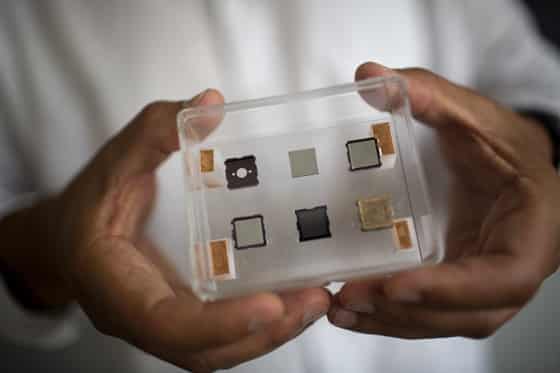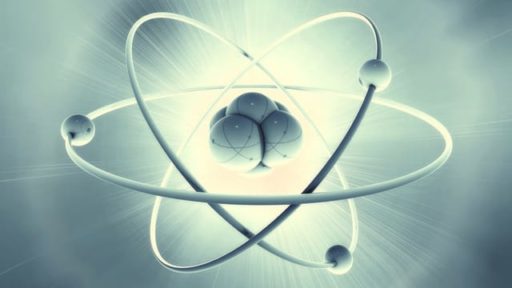An associate professor at MIT has been able to come up with a very novel concept – that of microthrusters. Paulo Lozano has developed very small microthrusters which will essentially be the engines of small satellites. According to his design, the microthruster is the size of a penny and can power up a shoebox-sized satellite.
A microthruster pretty much looks like a computer chip and comes laden with 500 microscopic tips. These tips can emit beams of ions when they are stimulated, thus effectively created a tiny particle cloud of charges which can then push forward a small satellite.
According to Lozano, “They’re so small that you can put several [thrusters] on a vehicle.” Also a satellite making use of them wouldn’t be inhibited in its operations. It can “not only move to change its orbit, but do other interesting things — like turn and roll.”
Small satellites are often used for different purposes. These satellites don’t really have a fuel part to carry them to the satellite, so they usually hitch up to larger satellites when they are carried to space. Even when in space, these nanosatellites do not have engines or propel mechanisms and simply keep floating on their own. Right now, there are some two dozen small satellites in Earth’s orbit, known as CubeSats because they are slightly bigger than a Rubik’s cube.
One problem with CubeSats is that they can’t be brought back and simply either stay in the space or are burnt by the lower atmosphere. If launched to higher orbits, CubeSats can stay in the space for a long time. And if we keep sending such satellites into space, without being able to bring them back, this may result in debris.
Lozano says, “These satellites could stay in space forever as trash. This trash could collide with other satellites. … You could basically stop the Space Age with just a handful of collisions.”
He goes on to describe how each microthruster consists of different layers of porous metal. The layers grow narrower from the bottom to top and let the pressure suck up ions from liquid plasma through capillary action.
The manager of electric propulsion and plasma science at Aerospace Corp, Timothy Graves, says about this design, “Normally, propulsion systems have significant infrastructure associated with propellant feed lines, valves [and] complex power conditioning systems. Additionally, the postage-stamp size of this thruster makes it easy to implement in comparison to other, larger propulsion systems.”
Source: MIT
[ttjad keyword=”hot”]



